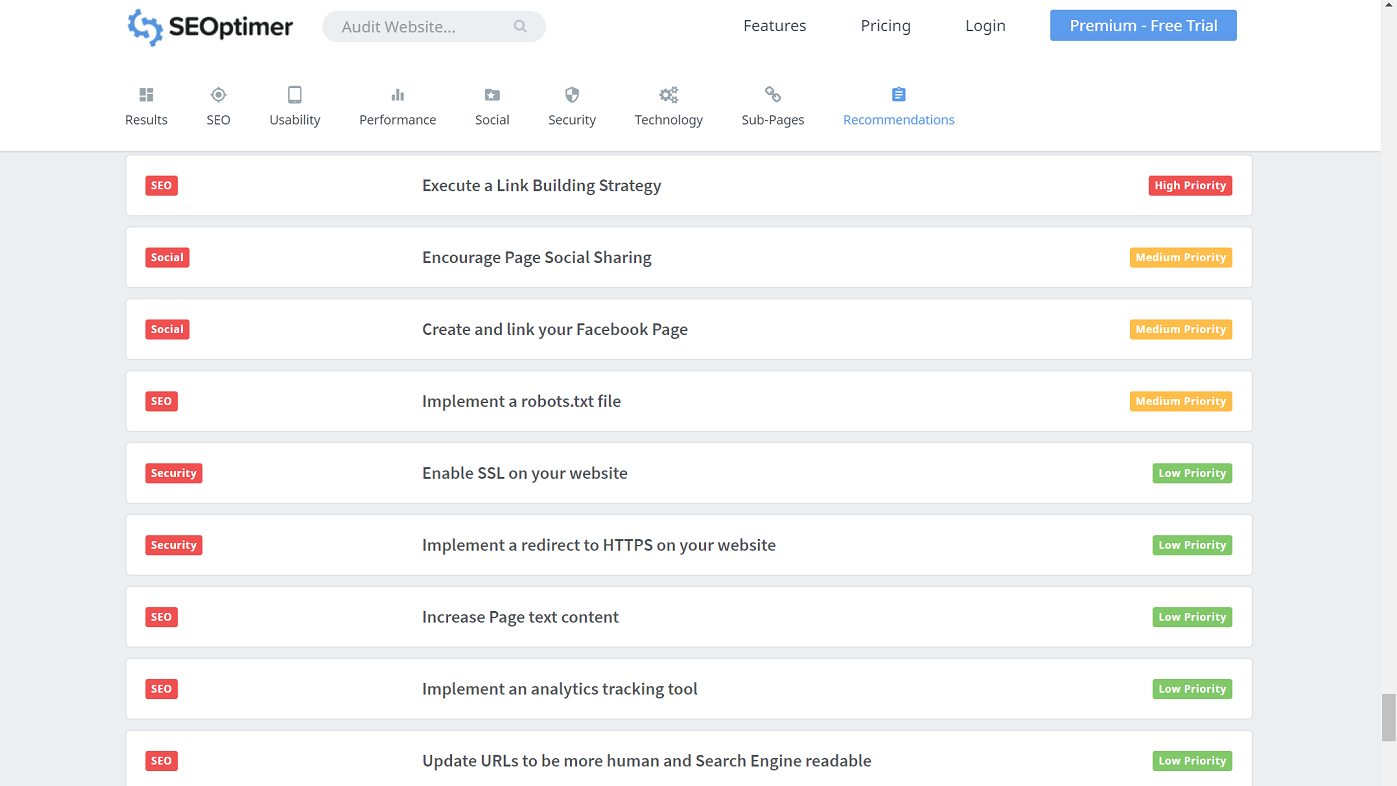How to ensure my blog ends up in the top Google search results – Search Engine Optimization
Published: November 1, 2018
On October 31 2018, l launched the first minimal value product of my blog. The first post was about creating a hello world flask app and deploying it on Azure. Although I get great satisfaction out of understanding and learning to apply what I understand, it would be great if people confronted with a similar challenge find back my post… And even might be helped with it.
I deployed the static site on google cloud platform and it is accessible when typing the exact domain address in the address bar. So far so good but I would like to appear in the top results when looking for some keywords like “deploy flask on Azure”.
To facilitate I started using the Google Search Console. Basically I just asked to inspect the URL for both the homepage and the direct link to the first post.
Besides that I ensured some basic SEO implementations in the head of my html, by adding metatags for a description, keywords and a qualitative title. Mobile usability is guaranteed.
November 1, 2018 - the day after: The Google search console informs me that crawling was successful but the URL wasn’t indexed. This is not worrying as it can take up to some days before indexing is done when you launch the website. You need to go via the "URL inspection" menu item in the search console (left pane menu).

Google recommends a live URL test – right upper button in above printscreen - (which was positive in my case) and allows you to request indexing again. These steps are obvious in the interface.
I added as well an xml sitemap. You’ll find plenty of free and easy online tools to create them. Again in the left menu bar in the Google search console you’ll find a link to upload Sitemaps.
Still the same day, the URL status changed to indexed. So from now on, people can find my blog post by searching via google. Or at least that was the idea. But when searching on the h1 header of my blog post, the page is not showing in the top 10 pages of search results. So time to run some online SEO analysis tools. They've provided me with some good insights.

Although accents of what to improve first (urgent / critical findings) versus low priority can differ from tool to tool, the lion share of the improvement areas are in common. I will implement them gradually in the coming weeks and keep you posted on the progress. 2 of them I covered: ensure a title attribute in the img tags and foresee sufficient "real" content, hence this second post.
Have fun!